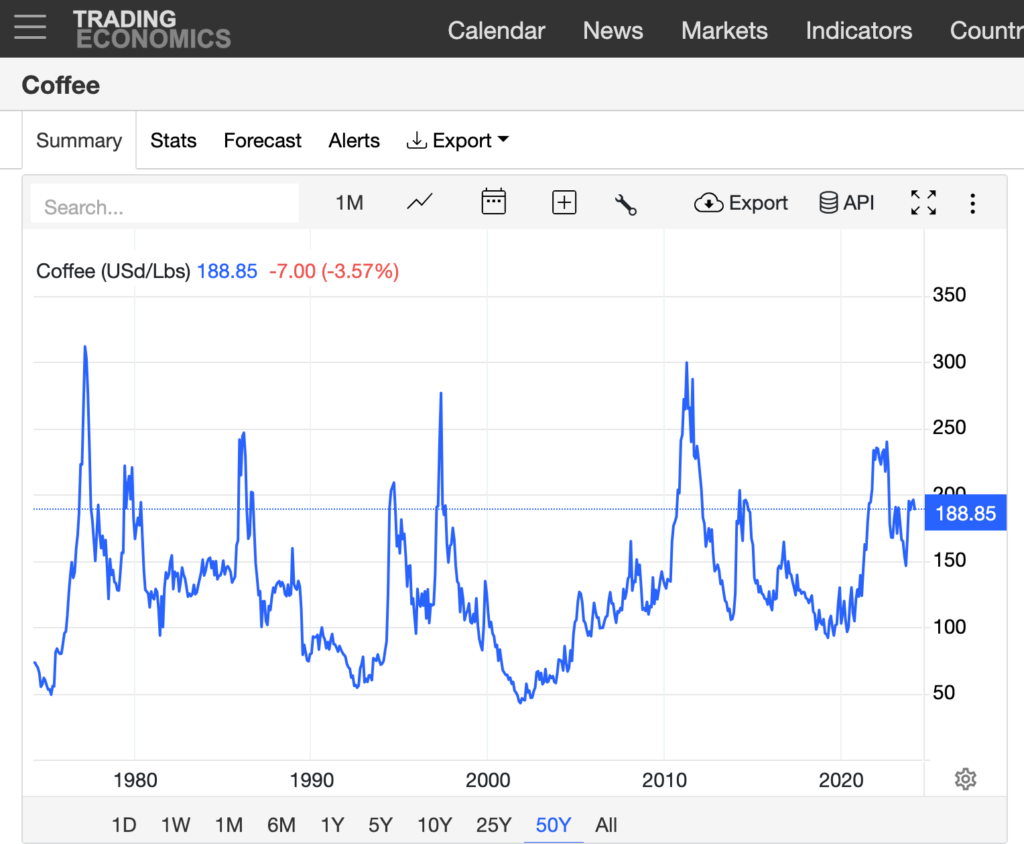29th March 2024, Chennai, India. You might wonder why this article reads Cocoa Butter Prices in India specifically while the focus should have been on the raw material , i.e, cacao beans prices in india. We are currently seeing where we are seeing mayhem on the cacao stock exchanges worldwide. The future of a commodity we cannot easily assume.
Cacao, often referred to as the “food of the gods,” is a highly sought-after commodity globally, valued for its use in producing chocolate and other confectionery products. Derived from the seeds of the cacao tree (Theobroma cacao), this tropical plant is primarily cultivated in regions near the equator, including West Africa, Latin America, and Southeast Asia.
As a commodity, cacao holds significant economic importance, with a complex supply chain involving farmers, exporters, processors, and manufacturers. The market for cacao is influenced by various factors, including weather conditions, labor costs, ever increasing global demand for chocolate products, and government policies in producing countries.
The trade of cacao involves both raw cacao beans and processed products like cocoa powder and cocoa butter. Futures contracts for cacao are traded on commodity exchanges, allowing stakeholders to hedge against price fluctuations and manage risk in the volatile market.
Let’s take a brief detour into Coffee as a commodity has a cyclical price trend and estate owners make up for their losses to maintain an estate usually easily with every upturn in the cycle. A 10 year steep fall with several 3-4 year cycles is typical in coffee with ups and downs providing opportunities to one and all in the business. The graph below is self explanatory.https://tradingeconomics.com/commodity/coffee. But why are we still not talking about cacao?
Let’s now dive into cacao, a commodity or crop which makes our favourite chocolate! Most consumers do not associate this crop with their chocolate but the current news about it being valued the same as copper raises many eyebrows and garners the required attention to this commodity.
I’d like to bring to the table a few facts. In the last 50 years cacao has been a rather stable price crop with an exception of a price spike in 1977 and the increase caused due to extreme weather events that impacted the crops and hence production in West Africa. West Africa produces around two-thirds of the world’s cocoa and it is expected that any impact (small or big) is bound to imbalance the world’s demand/supply situation. The background behind the current unprecedented increase or spike in the pricing needs to be understood. Cacao prices have not seen this surge in the past ever. Cost of inputs to farmers have not changed in the last 8 months. The price difference Bulk Vs commodity cacao is narrowing and this does not augur well for either mass or speciality chocolate brands. While the earlier price differential used to be 50% (between bulk Vs speciality cacao). With the prices of bulk cacao increasing three times, that differential will now be unaffordable by both the speciality chocolate manufacturers and consumers alike.
What we expect: At Cocoashala, we expect the prices to start cooling off within the next 3-4 months and then we are looking at prices reducing over a 2 year period and stabilising at the 3500 USD/ton levels. Will the next 2 years impact the chocolate consumer? Yes! While manufacturers will find smart ways to keep the consumer happy to buy more chocolates, consumers would see their sweet treats becoming more expensive and they would basically have to pay more for lesser. Cocoa butter which costs 3 times the price usually will continue to remain the most critical input to the chocolate industry and the prices would take longer than the cacao bean to cool off.


